Capturing last days at Port Talbot's steelworks
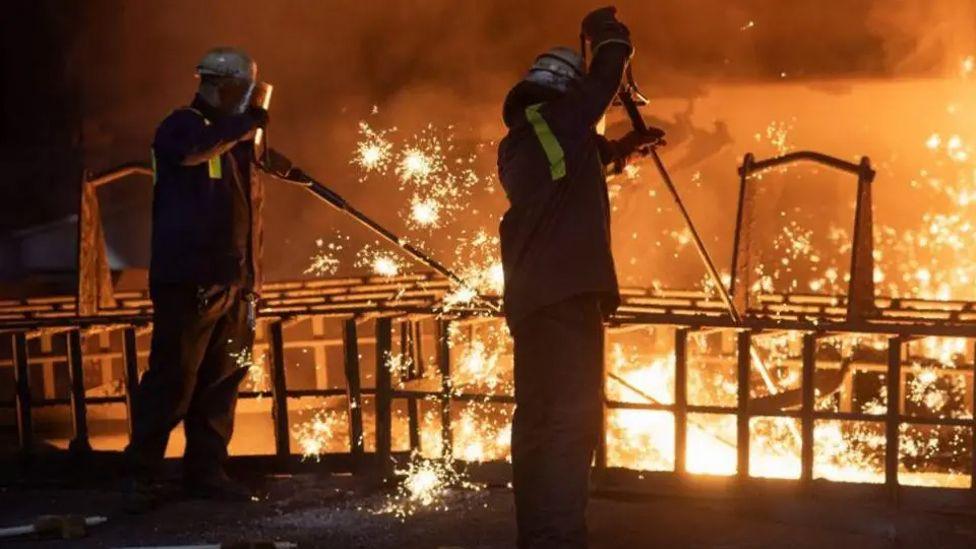
Some steelworkers at the site in Port Talbot are on their final shifts as the blast furnaces switch off on Monday
- Published
"You'll open the window one morning and it won't look like Port Talbot."
Photographer Jon Pountney said he remembers thinking "what the hell is this?" the first time he saw the steelworks, driving on the M4 to a party in Swansea in 1998.
He has been one of the photographers allowed regular access to capture the closure of Tata Steel's blast furnaces, with the expected switch off on Monday ending the traditional way of steelmaking in Wales.
"As an outsider you just go in and think, 'I don't quite know how to respond to what I'm seeing because it's so incredible', and as a photographer that's quite hard because you're also trying to concentrate on the pictures," he said.
Will steel town Port Talbot now have cleaner air?
- Published30 September 2024
'It's our steelworks - we think it's beautiful'
- Published18 January 2024
His current project, The Allure or Ruins, focuses on post-industrial relics and landscapes of Wales - or "old stuff", as he puts it.
But he said it has also been an opportunity to tell the story of Tata in "real time" and to "document stuff that is not going to happen again".
"I didn't know what to expect, and you're basically met with a very large dark room where there is a river of molten metal running through the middle," he said.
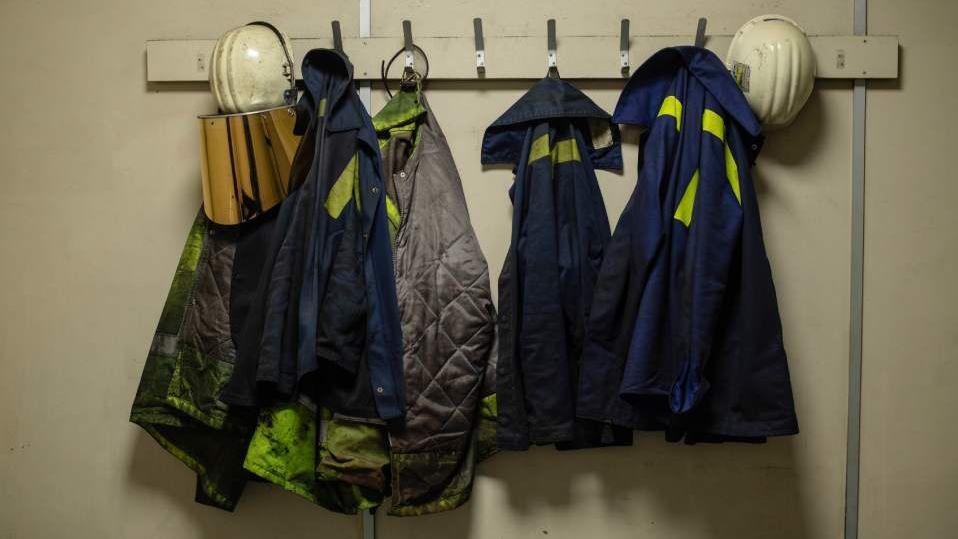
The second of Tata's two blast furnaces will shut down by the end of the month, when about 2,000 jobs will be lost
"You've never seen anything like it - it's this incredible, almost volcanic elemental thing, which is quite terrifying."
The visual artist also said the sense of pride among the workers was "very, very tangible" as soon as he went on site.
"People are very professional and respectful of each other, and the stuff that they're doing, which is incredibly dangerous," he added.
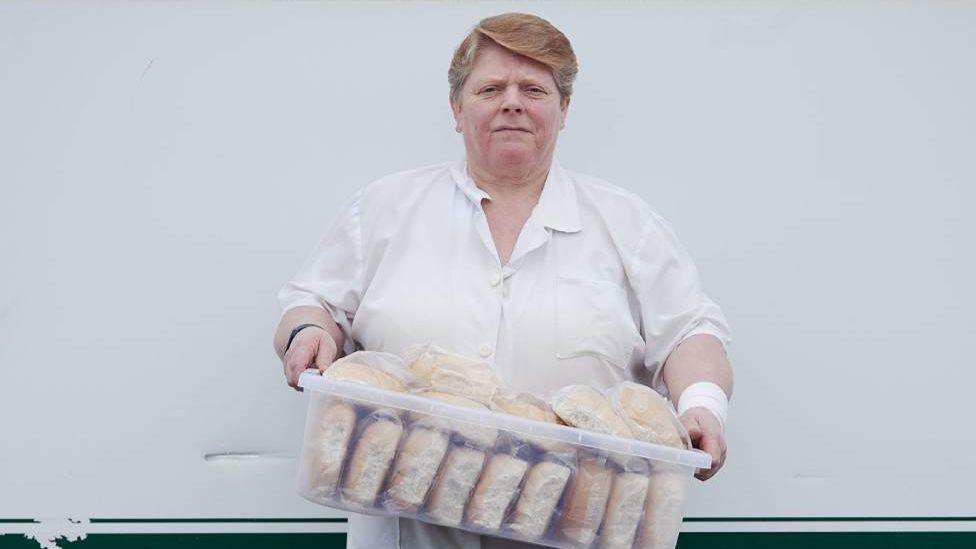
Mandie Pugh has operated a burger van near the steelworks for the past 36 years
Photographer Mark Griffiths described his "close connection" to the town, growing up in Port Talbot and having family and friends working in the steelworks or part of the surrounding infrastructure.
The 43-year-old said he felt compelled to make a short film called The Beginning Of The End, external, telling the story of a community facing an uncertain future.
"The ripple effect is going to be phenomenal. It's not just the steel workers that are impacted, it's the surrounding infrastructure, it's the local businesses, it's the communities that are going to be ripped apart and devastated by this," he said.
"I think that's why it was important for me to make this work."

Mark Griffiths says he felt compelled to make a short film about the unprecedented change Port Talbot faces
While making the film, he spoke to to local MP Stephen Kinnock, a mental health charity, a union representative, and business owner in the town.
"I've got a really close connection to a lot of people in Port Talbot - my uncles, my wider family, friends that have at some point worked in part of the steelworks, whether that's directly or the surrounding infrastructure, so it was really difficult to hear their stories," he added.
"Port Talbot has what I would consider a valley's mentality, in that we are one giant family, everyone looks out for each other."

Brian Short, who manages the Tata Steel sports and social club, features in the Beginning Of The End film
The photographer hopes his work will keep the town's story in people's minds, and encourage those in power to look out for the community too.
For Jon, there is a strange sense of déjà vu, having documented the fictional demise of a steelworks in the town as a production photographer for the Michael Sheen drama The Way last year.
Set in Port Talbot, it told the story of civil unrest and fears over the closure of a fictional steelworks and was described by the actor as "bizarrely very close to the truth".
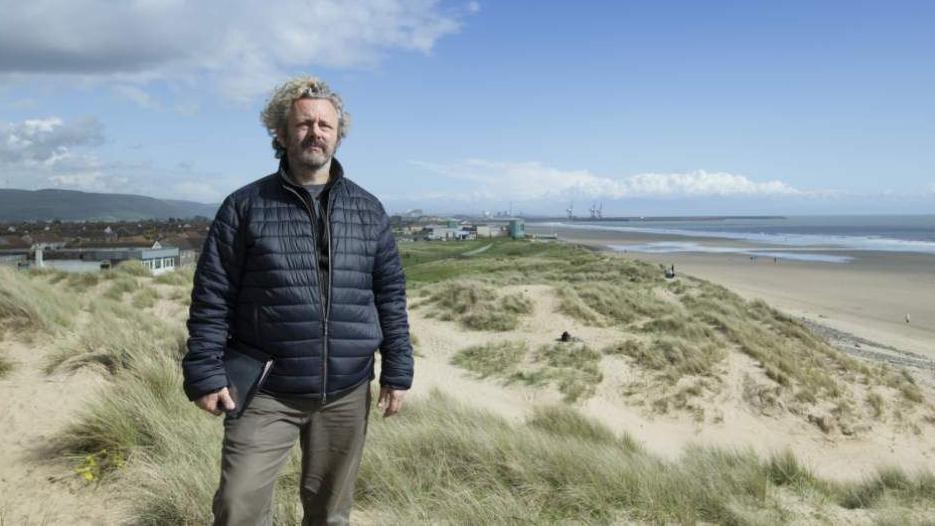
Filmed in his home town Port Talbot, Michael Sheen both starred in and directed BBC drama The Way
Although Jon sees a more hopeful picture for the future of the town than the one depicted on screen.
"That's to do with the pragmatism of Welsh people, that even in bad times, a bit like the miners' strike, it's this kind of idea that we will continue," he said.
"We will have order, we will have society, we will look after each other, and we will keep pushing forwards, and tomorrow will always be a better day."
Related topics
- Published25 September 2024
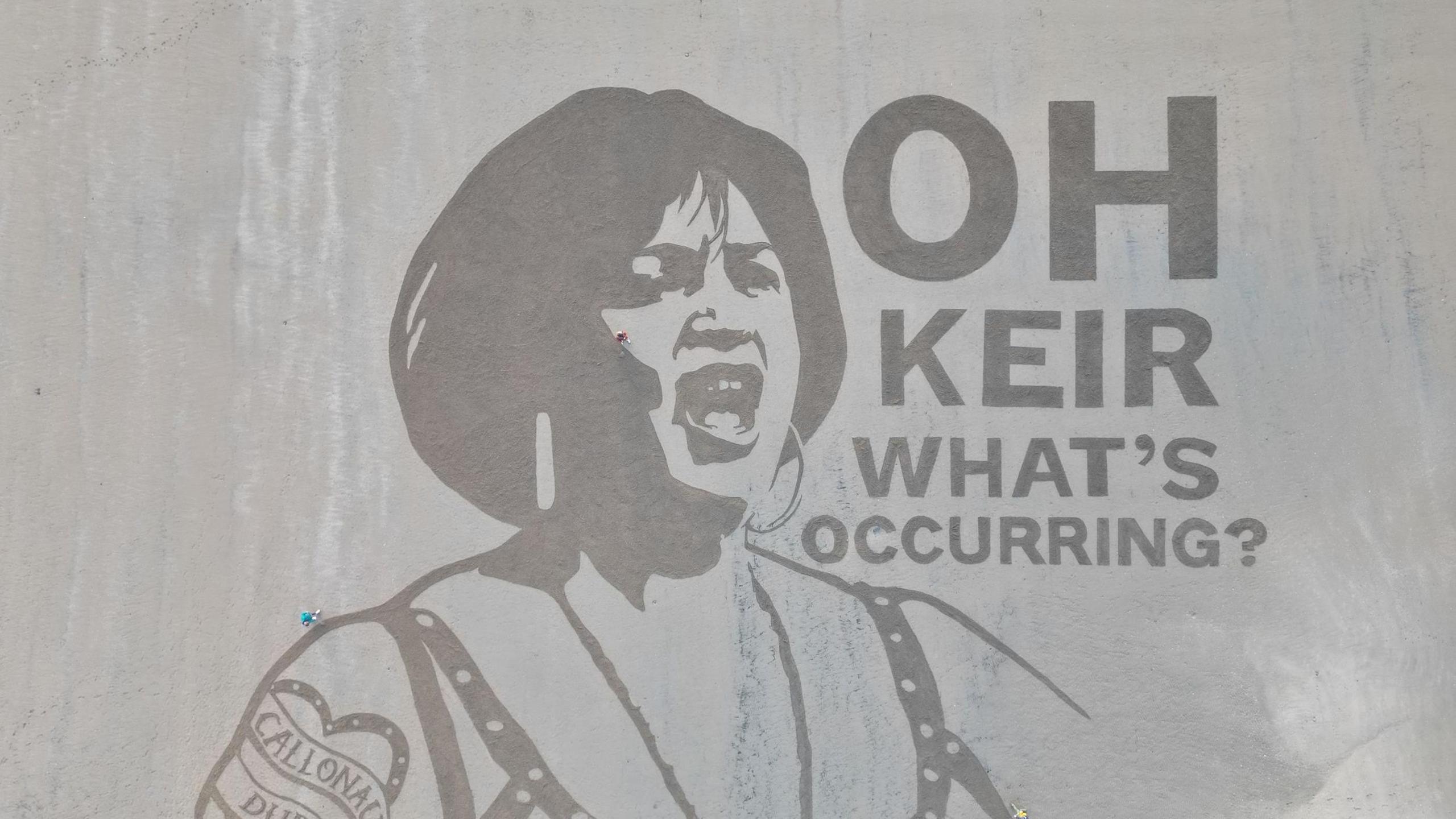
- Published9 September 2024
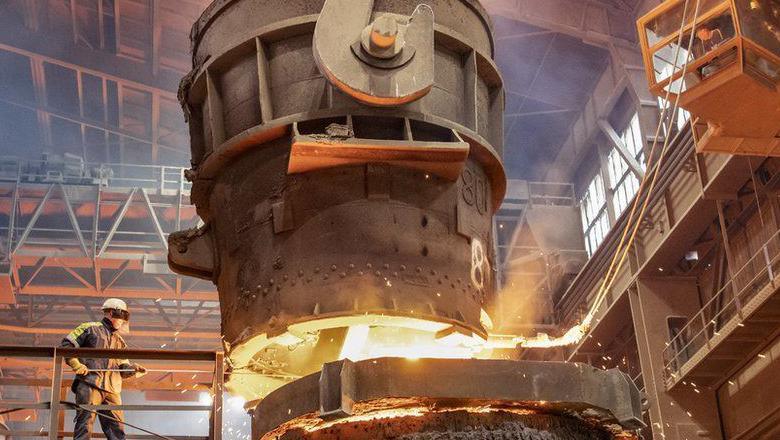
- Published31 August 2024
